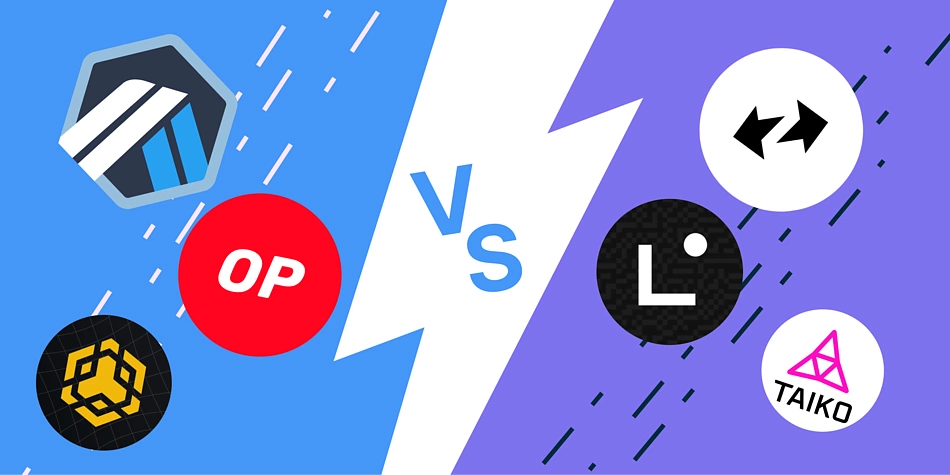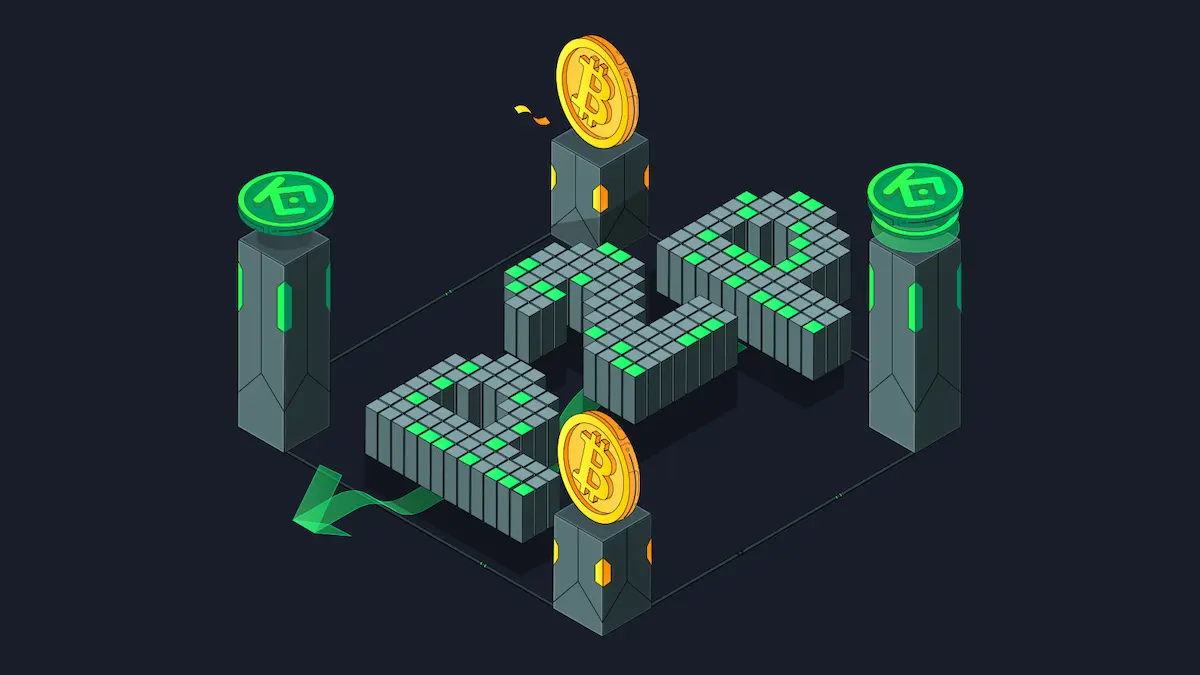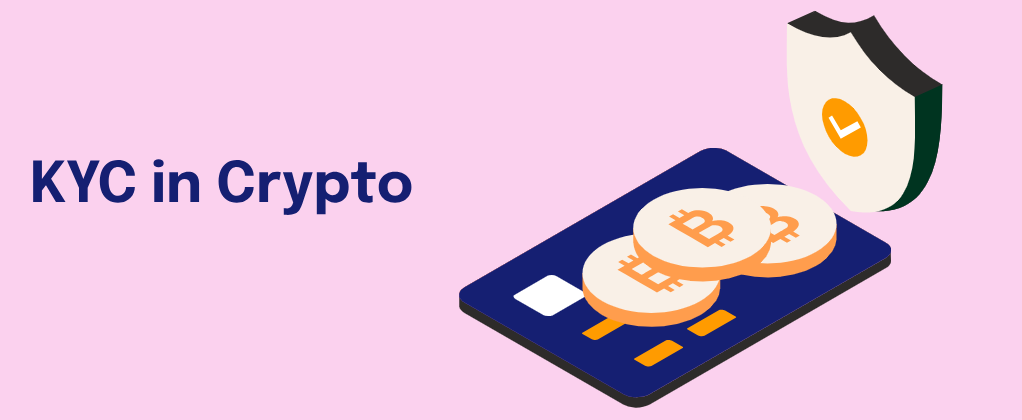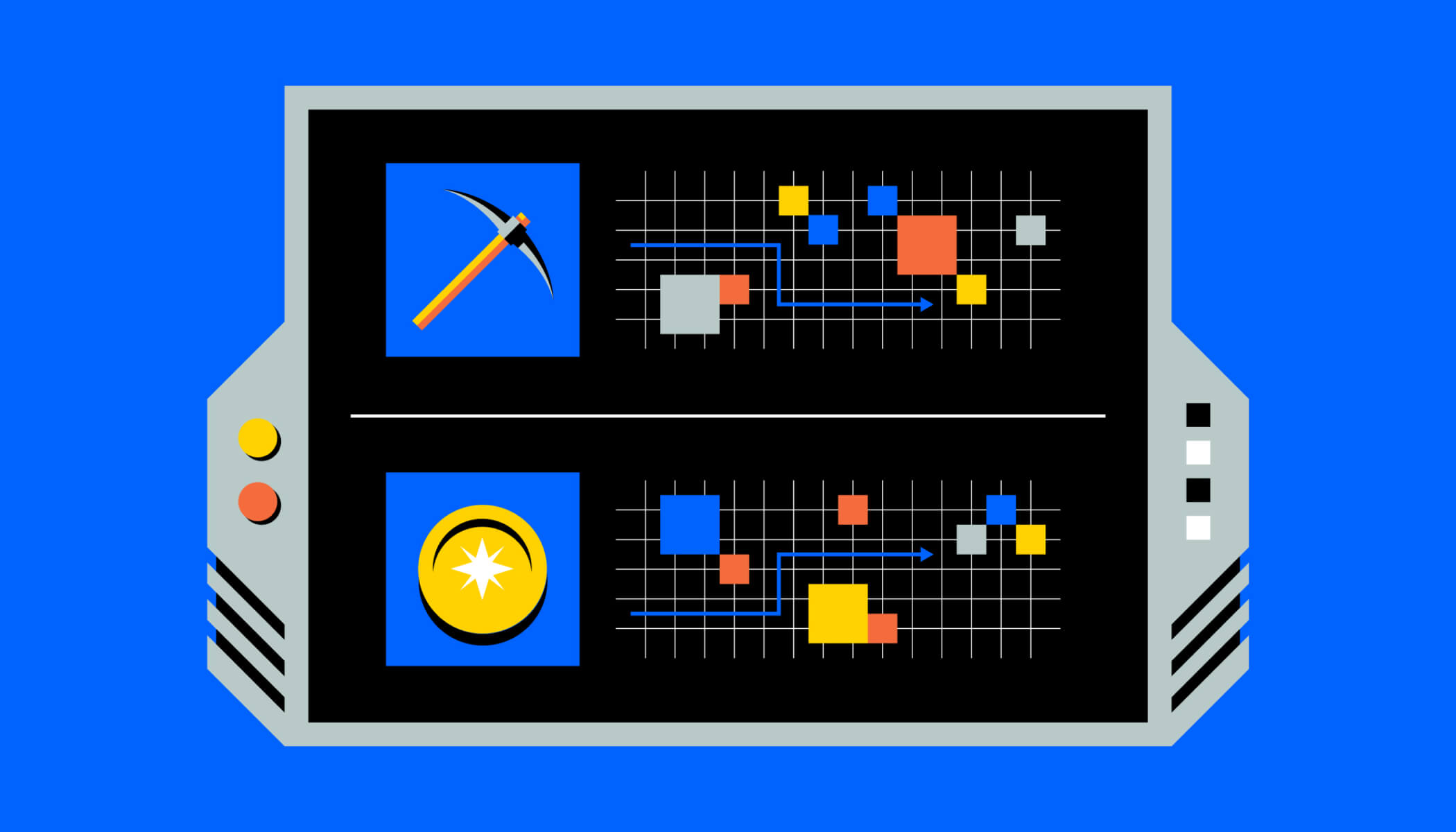Overview
Ethereum has long struggled with scalability issues due to network congestion and high gas fees. To tackle this problem, two main Layer 2 scaling solutions have emerged: ZK Rollups (Zero-Knowledge Rollups) and Optimistic Rollups. Both technologies batch multiple transactions off-chain and submit them to Ethereum in a compressed form, reducing costs and improving efficiency. However, they use different approaches:
-
ZK Rollups rely on cryptographic validity proofs to ensure all transactions are correct before submitting them to Ethereum.
-
Optimistic Rollups assume transactions are valid by default and only perform fraud verification if disputes arise.
Examples of Each Technology
ZK Rollups:
-
StarkNet: Uses STARKs (a type of zero-knowledge proof) to scale Ethereum with a trustless approach.
-
zkSync: Enables fast and cost-efficient transfers using validity proofs.
-
Polygon zkEVM: Ethereum-compatible solution that executes smart contracts with the security of the mainnet.
Optimistic Rollups:
-
Arbitrum: One of the most popular solutions, reducing transaction costs while maintaining security.
-
Optimism: Focused on maximizing Ethereum compatibility and lowering gas fees.
-
Base: A Layer 2 platform developed by Coinbase to enhance Ethereum accessibility.
Pros & Cons
Pros of ZK Rollups:
- Instant withdrawals, as validity proofs ensure transactions are correct.
- Higher efficiency in data compression, leading to lower gas fees.
- Stronger security, as transactions are verified mathematically before being posted.
Cons of ZK Rollups:
- More complex to implement and less compatible with existing Ethereum smart contracts.
- Requires advanced cryptography, making development more challenging.
- Still in the early adoption phase compared to Optimistic Rollups.
Pros of Optimistic Rollups:
- Highly compatible with Ethereum, making it easier for developers to migrate existing dApps.
- Already widely adopted, with strong ecosystem support.
- Simpler to implement compared to ZK Rollups.
Cons of Optimistic Rollups:
- 7-day withdrawal delays due to fraud challenge periods.
- Less efficient in data compression, leading to higher costs over time.
- Security relies on fraud detection, meaning users must monitor the network for potential exploits.
Evolution of Both Technologies
2019-2020: Initial Development
-
Early research into Ethereum scaling solutions led to the development of Optimistic Rollups and ZK Rollups.
-
StarkWare introduced STARK proofs as a powerful zero-knowledge mechanism.
2021: Optimistic Rollups Gain Early Adoption
-
Arbitrum and Optimism launched their mainnets, attracting developers due to high Ethereum compatibility.
-
Rollups became Ethereum’s primary scaling solution, with increasing adoption in DeFi and NFT platforms.
2022-2023: ZK Rollups Catch Up
-
Polygon zkEVM, zkSync Era, and StarkNet launched, bringing ZK Rollups closer to full Ethereum compatibility.
-
zkEVM development accelerated, making it easier to run smart contracts on ZK Rollups.
2024-Present: The Shift Toward ZK Rollups
-
More projects started transitioning to ZK-based solutions due to their superior efficiency and security.
-
Ethereum Layer 1 upgrades (such as EIP-4844) further enhanced rollup efficiency.
Market Sentiment
The market increasingly favors ZK Rollups, as they are seen as the long-term solution for Ethereum scalability. However, Optimistic Rollups remain the dominant choice for now due to their early adoption and ease of integration. Many believe that in the coming years, the industry will gradually transition toward ZK Rollups as the technology matures.
Conclusion
Both technologies play a crucial role in Ethereum’s scalability, but each has strengths and weaknesses. Optimistic Rollups have led adoption thanks to their easy integration, while ZK Rollups promise a more efficient and secure future. As Ethereum continues to evolve, a gradual shift toward ZK Rollups is expected, positioning them as the dominant Layer 2 scaling solution.
By Alejandro Silva Ramírez, Crypto Analyst & Columnist






